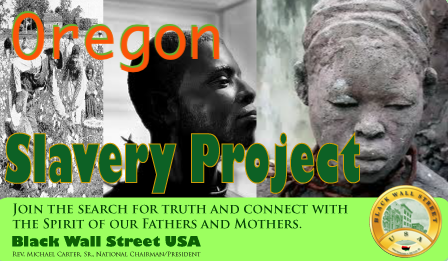Slavery is often seen as a relic of the American South—a moral abomination that was confined to the cotton fields of Mississippi and the plantations of Georgia. But this interpretation obscures a more complex and far-reaching reality. Slavery in the United States was never just a regional institution. It was a national enterprise, sustained not only by those who held the whip, but also by the northern banks, insurance companies, textile mills, and railroads that profited from its bounty. It was enshrined in law and nurtured by institutions that persist to this day. At its heart, slavery was both a brutal system of human degradation and a formidable economic engine. It generated unprecedented wealth for some while inflicting generational trauma and impoverishment on others. And far from being eradicated with the 13th Amendment, its mechanisms were merely reshaped—often hiding in plain sight.
The transatlantic slave trade, which forcibly brought millions of Africans to the Americas, laid the foundation for what would become the American slave economy. By the early 18th century, slavery was central to the colonial economy, especially in the Southern colonies where tobacco, indigo, rice, and later cotton were cultivated on a massive scale. But the demand for slave labor also created ripple effects throughout the Atlantic world. Cotton became the oil of the 19th century—an essential commodity that fueled industrialization in both Europe and the United States. The labor of enslaved Africans made it all possible. Without this coerced workforce, neither the plantations nor the cities that thrived on their output could have grown as they did. Slavery was not incidental to American success; it was the core mechanism through which that success was achieved.
The term “slavery industrial complex” helps us understand the full extent of this system. Like the later “military-industrial complex,” it refers to a web of industries, policies, and institutions whose interests were aligned with the perpetuation of slavery. Enslavers were the most visible actors, but behind them stood financiers, insurers, manufacturers, politicians, and educators, all of whom profited from the system in direct or indirect ways. Slavery was supported by legal frameworks that treated human beings as property, religious ideologies that justified white supremacy, and a capitalist economy that commodified labor in its rawest form.
Northern complicity in slavery remains one of the most under-explored and under-taught aspects of American history. Though abolitionist sentiment was stronger in the North, the region was far from blameless. New York City, in particular, was deeply involved in the slave economy. Its banks provided capital for plantation expansion, while its shipping companies transported slave-picked cotton and sugar to markets in Europe. Merchants in Boston and Philadelphia invested heavily in the trade and in the Southern economy. The industrial success of the North was directly tied to the productivity of enslaved people in the South.
Corporate complicity is another critical facet of the slavery industrial complex. Some of today’s most prominent companies and institutions owe their origins or early growth to profits derived from slavery. Lehman Brothers began as a cotton brokerage firm in Alabama, trading slave-grown cotton that was processed in Northern mills. JPMorgan Chase’s predecessor banks accepted enslaved people as collateral on loans, and when borrowers defaulted, the banks became slaveholders by default. Aetna and New York Life sold life insurance policies on enslaved people, with payouts going to the enslavers rather than the families of the deceased. These companies have acknowledged their past connections to slavery in recent years, but the financial gains they accumulated helped cement their status as titans of modern capitalism.
The financial architecture of slavery extended into nearly every sector. Banks issued loans to plantation owners, often using enslaved people as collateral. These loans were then bundled into securities and traded, much like mortgage-backed securities are today. Insurance companies profited from policies written on enslaved people’s lives, reducing their humanity to actuarial calculations. Transportation companies profited by moving not only the enslaved but also the fruits of their labor. Railroads laid by enslaved workers helped build the infrastructure of the South, and the cotton and sugar transported on these lines enriched companies in the North and across the Atlantic.
Textile mills in the North depended entirely on the slave-produced cotton of the South. In cities like Lowell, Massachusetts, entire industries grew around the processing of this cotton into cloth. The narrative of industrial progress in the North is often framed as a triumph of free labor and innovation, but in reality, it was deeply rooted in the unfree labor of the South. The connection between Northern manufacturing and Southern slavery was not accidental; it was essential. Without slave-grown cotton, there would have been no textile boom.
Institutions of higher learning also bear responsibility. Harvard, Yale, Princeton, Brown, and other elite universities were not only the recipients of donations from slaveholders and traders but also participated in the system themselves. They invested in the slave economy, accepted enslaved labor to build their campuses, and educated the children of enslavers. In some cases, they owned enslaved people outright. These schools helped to rationalize slavery intellectually and legally, providing the ideologies that supported the system’s continuation.
The wealth created by slavery did not vanish with emancipation. It was passed down, invested, and multiplied over generations. Families who profited from slavery built fortunes that were reinvested in real estate, stock markets, and industrial ventures. Corporations that began in the slave economy evolved into modern giants. This generational wealth provided educational opportunities, political influence, and social mobility to white Americans while Black Americans were left to start from scratch—often denied land, education, and equal protection under the law.
Colorado, though not commonly associated with slavery, was not immune to these dynamics. While the territory did not have large plantations or a legal slave code akin to Southern states, its economy and social structures were influenced by slavery-era ideologies and labor practices. As settlers moved westward, many brought enslaved people with them or arrived with the capital they had acquired from slave labor. Some of the earliest Black residents of Colorado were formerly enslaved individuals seeking new lives in the West. Others arrived as servants or laborers tied to white families.
Colorado’s mining industry, in particular, employed many African Americans in dangerous and low-paying jobs. Though not enslaved, these workers faced systemic discrimination, economic exploitation, and physical peril. The script system used in many mining towns—where workers were paid in company-issued currency redeemable only at company-owned stores—created a form of economic bondage. Black workers were often segregated, paid less than white counterparts, and denied promotions or property ownership.
Colorado’s Indigenous populations were also victims of forced labor systems that paralleled slavery. Under Spanish and Mexican rule, Indigenous children were often captured and sold as domestic servants or agricultural laborers. These practices, known as the genízaro system, persisted well into the American period. Anglo settlers continued this tradition under the guise of apprenticeship or guardianship, which in reality amounted to coerced labor. Native Americans were exploited in agriculture, domestic work, and public infrastructure projects, often with little or no compensation.
During the Civil War, Colorado’s allegiances were complicated. Though the territory ultimately sided with the Union, many of its residents were sympathetic to the Confederacy. Some settlers were transplanted Southerners who brought with them pro-slavery ideologies. Others simply saw the war as an opportunity to expand white control over Indigenous lands. The Colorado Volunteers, a militia unit, fought not only against Confederate forces but also perpetrated massacres against Native peoples, including the infamous Sand Creek Massacre of 1864. The violence and racial hierarchies that defined slavery were thus transplanted onto Colorado soil through other means.
Even after the abolition of slavery, systems of racial control and economic exploitation persisted. Convict leasing, though more prevalent in the South, found echoes in Colorado’s use of prison labor. Black and Indigenous people were disproportionately incarcerated and forced to work on public infrastructure projects. Chain gangs became a common sight, and prisons contracted with private companies to supply low-cost labor. These systems ensured that the logic of slavery—cheap, coerced, racially-defined labor—remained intact under a different name.
Today, the legacy of these practices continues in the form of mass incarceration. African Americans make up a disproportionate share of the prison population, and many prisons contract with corporations to provide virtually unpaid labor. From manufacturing furniture to staffing call centers, incarcerated people produce goods and services for major companies. These corporations benefit from a labor force that has no power to bargain, strike, or quit. The modern prison-industrial complex thus represents a continuation of the slavery industrial complex by other means.
As the truth about these historical connections comes to light, calls for reparations and corporate accountability are growing. Some institutions have taken steps toward acknowledgment and restitution. Georgetown University has offered preferential admissions and scholarships to descendants of enslaved people it once owned. Cities like Evanston, Illinois, have begun implementing reparations programs. Corporations like Aetna and JPMorgan Chase have issued public apologies for their roles in slavery, though many argue these gestures fall short of meaningful reparations.
In Colorado, a growing body of scholars and activists are working to uncover the region’s hidden connections to slavery and forced labor. Museums, schools, and city governments are beginning to grapple with these histories. Monuments and historical markers are being reconsidered, and public archives are being mined for evidence of forgotten lives and suppressed truths. The process is slow and often met with resistance, but it is essential for a just and honest society.
To reckon with slavery is not merely to study history; it is to confront the foundations of the modern world. The wealth, institutions, and social structures we take for granted were shaped by the exploitation of human beings. This exploitation was not the exception—it was the rule. And while the chains may no longer be visible, their imprint remains on every aspect of American life.
The call for justice is not a call to erase history but to complete it. It is a call to understand that the benefits reaped by some came at the unbearable cost to others. It is a call to repair the damage, redistribute the wealth, and rethink the systems we have inherited. Only then can we begin to build a future not rooted in exploitation, but in equity, truth, and reconciliation.
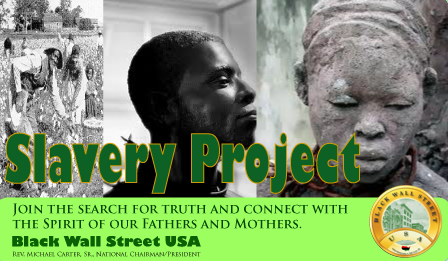
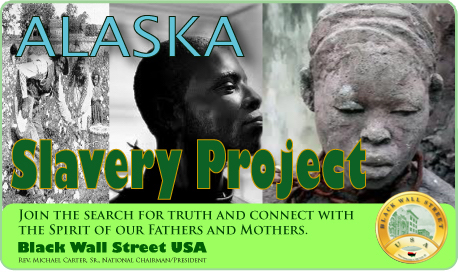
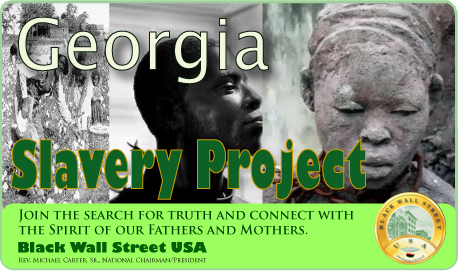
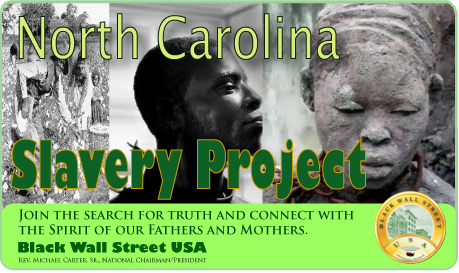
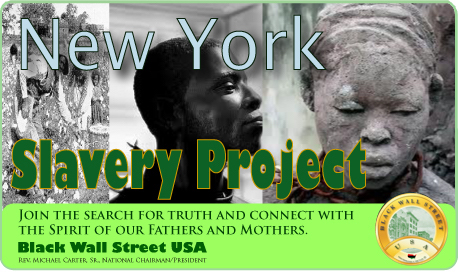
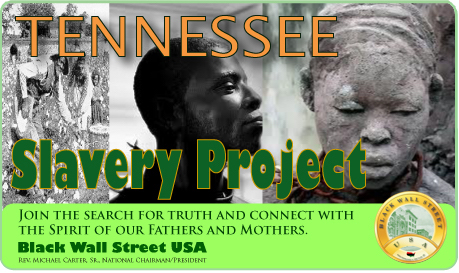
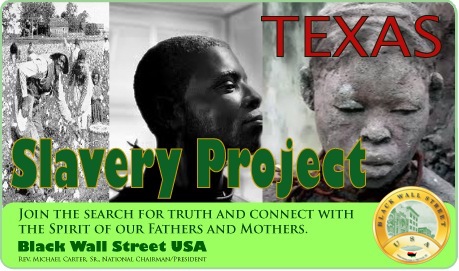
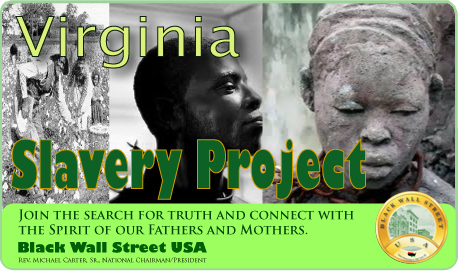
Alabama
Alaska
Arizona
Arkansas
California
Colorado
Connecticut
Delaware
Florida
Georgia
Hawaii
Idaho
Illinois
Indiana
Iowa
Kansas
Kentucky
Louisiana
Maine
Maryland
Massachusetts
Michigan
Minnesota
Mississippi
Missouri
Montana
Nebraska
Nevada
New Hampshire
New Jersey
New Mexico
New York
North Carolina
North Dakota
Ohio
Oklahoma
Oregon
Pennsylvania
Rhode Island
South Carolina
South Dakota
Tennessee
Texas
Utah
Vermont
Virginia
Washington
West Virginia
Wisconsin
Wyoming
Slave Records By State
See: Slave Records By State
Freedmen's Bureau Records
See: Freedmen's Bureau Online
American Slavery Records
See: American Slavery Records
American Slavery: Slave Narratives
See: Slave Narratives
American Slavery: Slave Owners
See: Slave Owners
American Slavery: Slave Records By County
See: Slave Records By County
American Slavery: Underground Railroad
See: American Slavery: Underground Railroad









